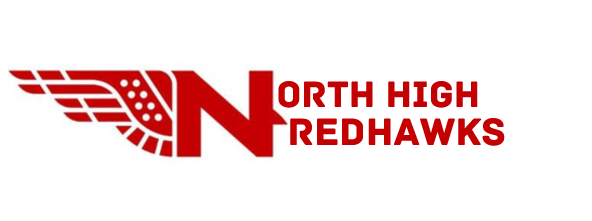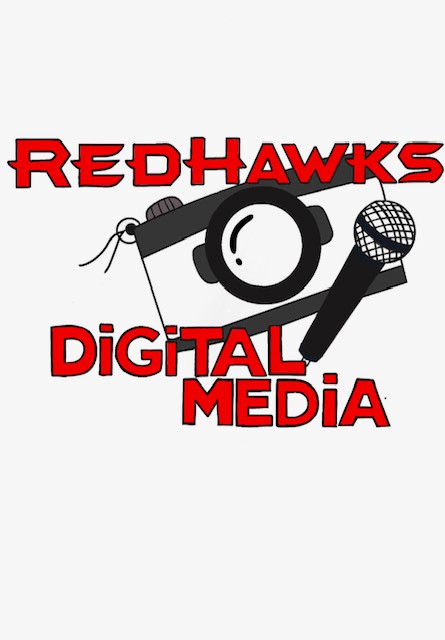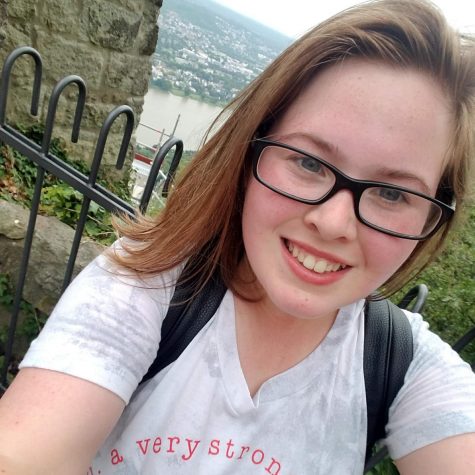What you need to know about an eye exam
February 28, 2019
Refraction
This is the test your eye doctor uses to determine your exact eyeglass prescription. During a refraction, the doctor puts the instrument called a phoropter in front of your eyes and shows you a series of different lenses. They will then ask you which of the two lenses looks clearer. Based on your answers, your eye doctor will continue to make adjustments to the lense power until reaching a final prescription for eyeglasses. The refraction is used to test your level of hyperopia (farsightedness), myopia (nearsightedness). A refraction is also used to check for astigmatism which is a problem with the shape of the lens which causes blurry vision, and presbyopia a age related condition that causes the eye lens to have trouble focusing.
Cover Test
This is the most common, simplest test and is used to check how your eyes work together. During a cover test, your eye doctor will ask to focus on an object far away while covering one of your eyes. The test is repeated while looking at an object near by. This test is used to assess whether the uncovered eye can move to pick up the fixation target. If the eye is unable to do this it could indicate strabismus or a binocular vision problem that could cause eye strain or lazy eye.
Ocular Motility Testing
Ocular Motility testing is performed to determine how well your eyes can follow a moving object and quickly move between and fixate on two separate targets. Your eye doctor will tell you to hold your head still and ask you to follow the movement of a hand held light with just your eyes. Problems with eye movements can cause eye strain and can affect your reading ability and other skills.
Slit Lamp Exam
A slit lamp is a binocular microscope that your eye doctor uses to examine the structures of your eye under high magnification. A wide range of eye conditions can be detected with the slit lamp exam, including cataracts, macular degeneration, and diabetic retinopathy.
Visual Acuity Test
This test is used to measure how well you can see. Your eye doctor will ask you to identify letters of the alphabet on a snellen chart, some distance away. The letters are in a row and get continuously smaller. Each eye is tested individually. Your doctor may also test your near vision with cards held at a reading distance.




